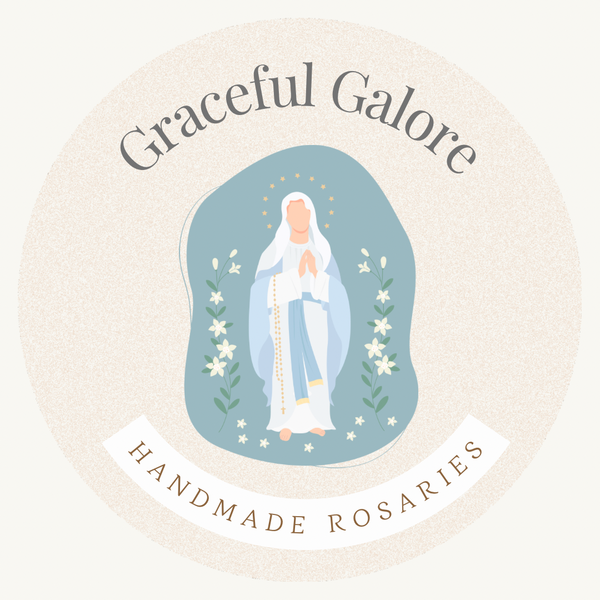
The History of the Rosary: From Ancient Prayers to a Sacred Tradition
Share

The rosary is one of the most significant devotional practices in Christianity, particularly in the Catholic faith. Its history spans centuries, evolving through various traditions and influences. Let's explore the origins, development, and significance of the rosary in Christian spirituality.
📜 Early Origins of the Rosary
The roots of the rosary can be traced back to the early Christian practice of repetitive prayer. Before the structured form of the rosary was established, early Christians used pebbles, knotted cords, or beads to count prayers. These simple counting methods helped monks and laypeople maintain focus during long prayer sessions.
During the Middle Ages, Christian monks adopted the practice of reciting 150 Psalms as part of their daily prayers. However, since many laypeople could not read or memorize the Psalms, they began substituting them with 150 "Our Father" prayers, using beads or knotted cords to keep track. This practice laid the foundation for the modern rosary.

🙏 The Role of St. Dominic
According to Catholic tradition, St. Dominic (1170–1221) played a crucial role in formalizing the rosary. It is believed that the Virgin Mary appeared to St. Dominic and encouraged him to spread devotion through the rosary as a means to combat heresy and deepen spiritual life. This event is known as the Marian apparition of Our Lady of the Rosary.
While historical records do not confirm this event with certainty, the Dominican Order was instrumental in popularizing the rosary, associating it with structured prayer and meditation.

🔄 Evolution of the Rosary
By the 15th century, the rosary took on its more structured form, thanks to Blessed Alan de Rupe, a Dominican priest. He promoted the division of the rosary into three sets of 50 Hail Marys, with each set accompanied by an "Our Father" prayer and a meditation on different aspects of Christ’s life. These meditations later became known as the Joyful, Sorrowful, and Glorious Mysteries.
In 1569, Pope Pius V officially established the structure of the rosary, solidifying its role in Catholic devotion. He also attributed the Christian victory at the Battle of Lepanto (1571) to the power of the rosary, leading to the institution of the Feast of Our Lady of the Rosary on October 7th.

🌟 The Addition of the Luminous Mysteries
For centuries, the rosary remained unchanged. However, in 2002, Pope John Paul II introduced a new set of meditations known as the Luminous Mysteries, focusing on significant moments in Christ’s public ministry. These additional mysteries enhanced the rosary's depth, making it a more comprehensive meditation on Christ’s life.
🎯 The Rosary Today
Today, the rosary remains a cornerstone of Catholic spirituality, serving as a powerful tool for meditation, intercession, and connection with God. It is prayed by millions worldwide, often in times of personal devotion, communal prayer, or during Marian feast days.
Whether used for personal reflection or communal prayer, the rosary continues to be a source of peace and strength for believers, reminding them of the life, passion, and resurrection of Christ.

